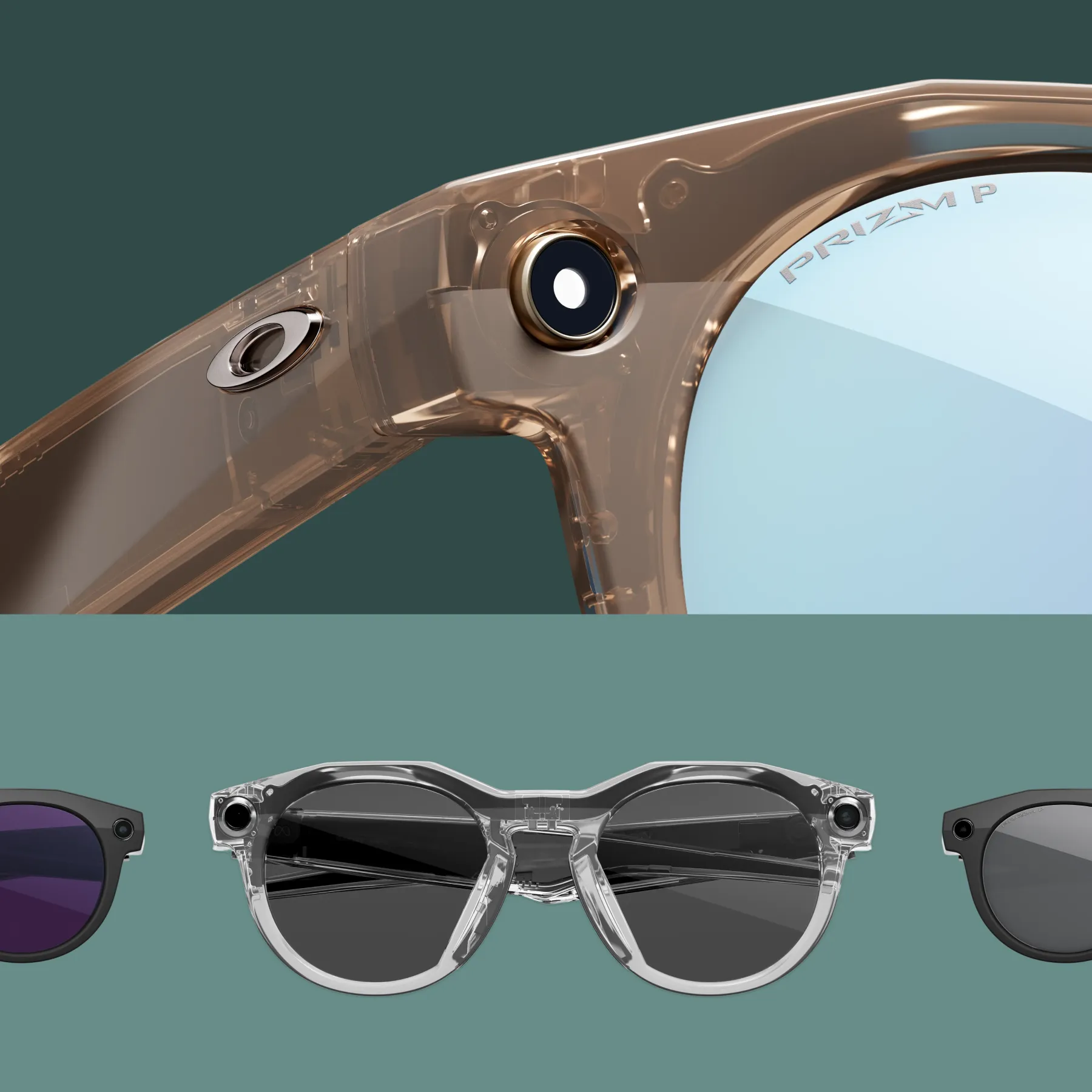About Cataracts
Cataracts are a common age-related condition that causes the eye’s natural lens to become cloudy, leading to blurred vision, increased sensitivity to bright lights, and difficulty performing daily activities. Over time, the progression of cataracts can impact your ability to drive, read, and recognize faces. While some individuals delay treatment, cataracts will not improve on their own and can lead to further complications.
Many people consider contact lenses or stronger prescriptions to manage symptoms temporarily. However, when vision impairment affects your independence and daily routine, it may be time to explore cataract removal surgery as a long-term solution. Left untreated, cataracts can contribute to further vision decline and may lead to complications such as posterior capsular opacification, also known as a secondary cataract.
At Trinidad Vision, our San Antonio eye specialists offer expert evaluations to determine when cataract treatment is necessary. If you or a family member are experiencing vision problems related to cataracts, our team will assess your condition and discuss the best treatment options to restore clear, sharp vision.


.png)

































